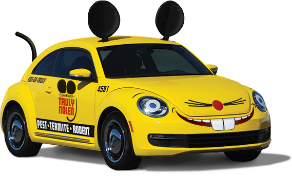

We will remove your rat infestation for good! Call us today at (404) 939-7277. Our technicians are standing by.
Rodents are warm-blooded mammals that, like humans, can be found throughout the world. Rats live and thrive in a wide variety of climates and conditions and are often found in and around homes and other buildings, on farms, and in gardens and open fields. They have oversized front teeth for gnawing and check teeth, which are adapted for chewing. Rodents chew on a variety of items available to them and cause great damage in and around homes.
Rats will eat just about anything, but they prefer grains, meats and some fruits. Rats will eat about 10 percent of their body weight every day. Rats generally live about a year, but can live much longer in ideal conditions. They eat and contaminate food, damage structures and property, and transmit parasites and diseases to other animals and humans.
Rats are active mostly at night. They have poor eyesight, but they make up for this with their keen senses of hearing, smell, taste, and touch. Rats constantly explore and learn, memorizing the locations of pathways, obstacles, food and water, shelter, and features of their environment. They quickly detect and tend to avoid new objects and novel foods. Thus, they often avoid traps and baits for several days or more following their initial placement.
Let's take a look at the most common rat types impacting the Youngstown & Warren area:
NORWAY RATS
In the US, Norway rats lives throughout the lower 48 states. While they are generally found at lower elevations, this species can occur wherever people live. Norway rat tails are scaly and shorter than the length of the head and body combined. Their ears are small, scaly, and have no fur. Droppings are capsule-shaped.
Norway rats usually nest in underground burrows typically found along building foundations, beneath rubbish or woodpiles, and in moist areas in and around gardens and fields. Nests can be lined with shredded paper, cloth, or other fibrous material. They usually enter buildings in search of food. When searching for food and water, Norway rats usually travel an area of about 100 to 150 feet in diameter; seldom do they travel any further than 300 feet from their burrows or nests. The average female Norway rat has 4 to 6 litters per year and can successfully wean 20 or more offspring annually. When Norway rats invade buildings, they usually remain in the basement or ground floor.
Norway rats are omnivorous and feed on a variety of food sources. They prefer meats, fruits, grains and nuts, and some fruits but will really eat anything. Dead animals also serve as a food source for these rats, and they are capable of catching small fish and other rodents. They require water to drink, and they make their colony as close to a water source as possible. They have limited agility, but are excellent swimmers.
ROOF RATS
As their name indicates, roof rats usually nest high above ground in trees, tall overgrown shrubs, or dense vegetation such as ivy. Roof rats are excellent climbers and often access homes by running along tree branches, cables, or wires. In buildings, roof rats typically nest in the upper part of structures in enclosed or elevated spaces such as attics, walls, false ceilings, and cabinets. They are very agile and can squeeze through openings only 1/2-inch wide. Roof rats can climb down to a food source.
Roof rats routinely travel up to 300 feet for food. They often can be seen at night running along overhead utility lines or fence tops. They have an excellent sense of balance and use their long tails to steady themselves while traveling along overhead utility lines. They move faster than Norway rats and are very agile climbers, which enables them to quickly escape predators.
Given their history of causing damage (gnawing through wiring, food contamination, etc.) and health problems (vectors for salmonella, murine typhus, etc.), it is important that homeowners understand how to identify roof rats and businesses understand how to protect themselves from these costly pests.
Click here to learn more about our Rodent Control Program options and how Truly Nolen of Youngstown & Warren can help rid your home of pesky rats.
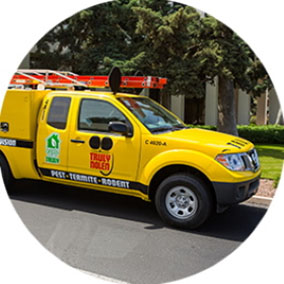
Contact us today to schedule your complimentary rodent inspection.

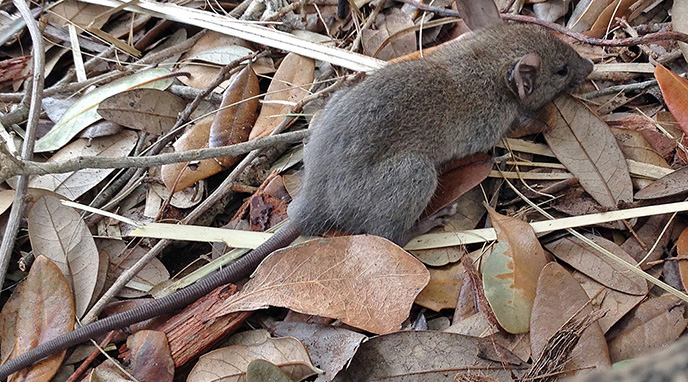


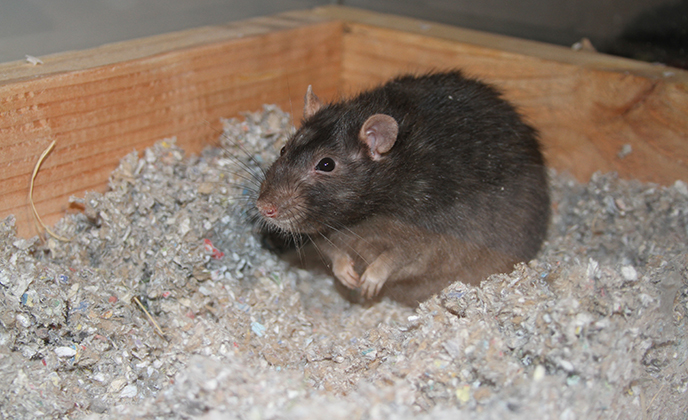
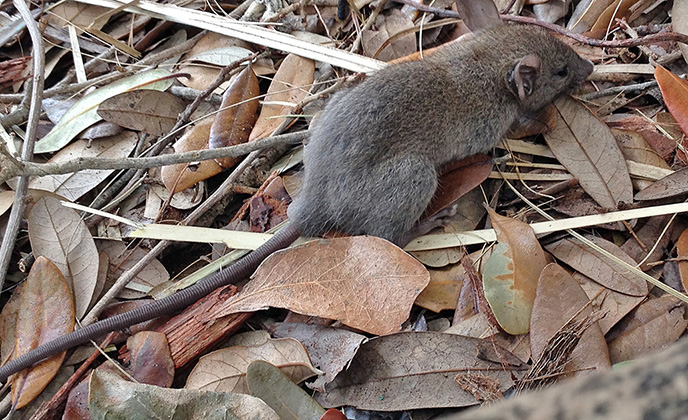
We work to minimize our impact on the environment by using naturally occurring materials whenever possible.
Truly Nolen develops a custom treatment plan for your home or business to ensure pests stay away for good.
We will treat the affected area unconditionally until you are satisfied.
We've have over 80 years of pest control experience and are an industry leader in pest, termite, and rodent control.
We actively partner with you to protect your home or business from pests.
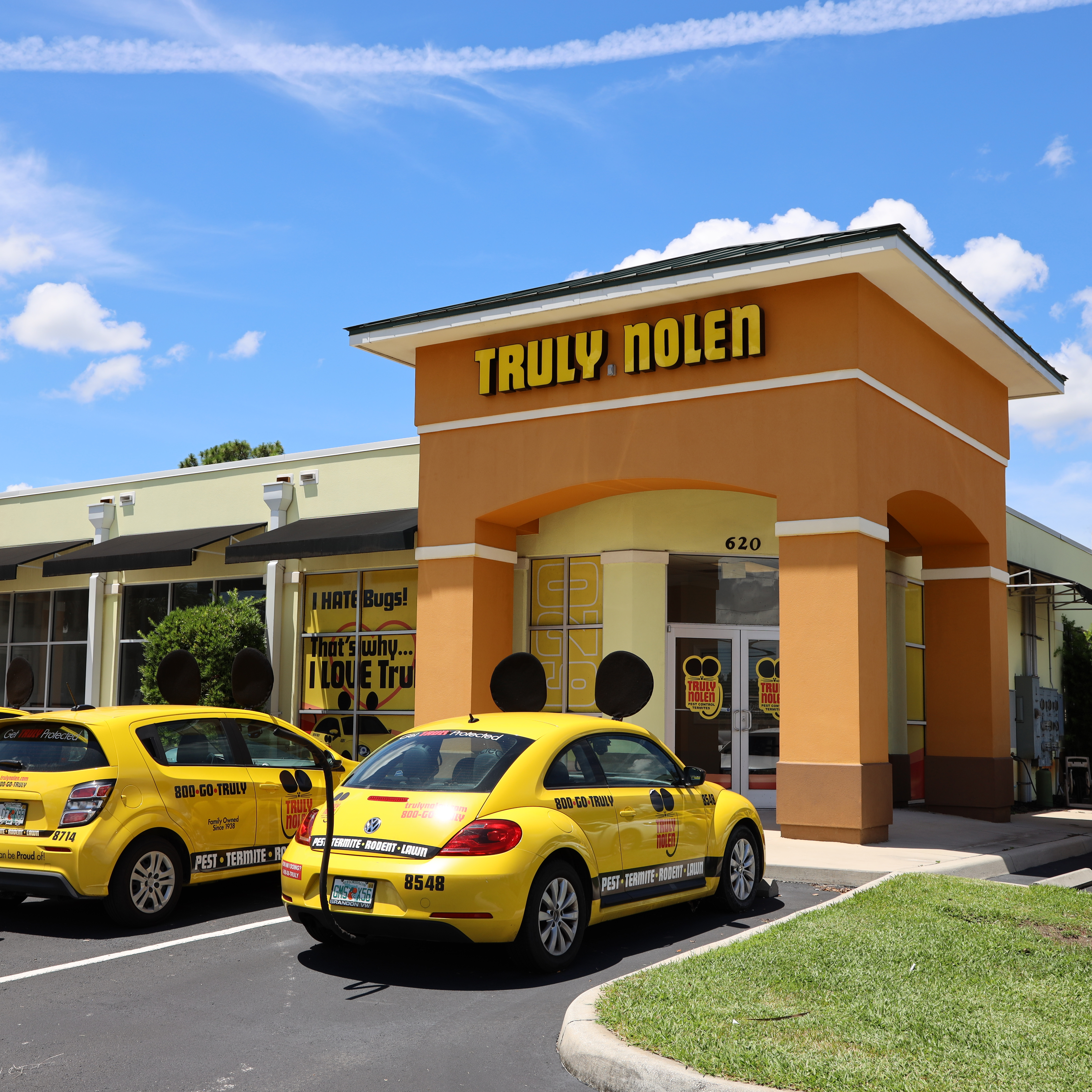
With nearly 100 locations nationwide, Truly Nolen has your pest control needs covered.